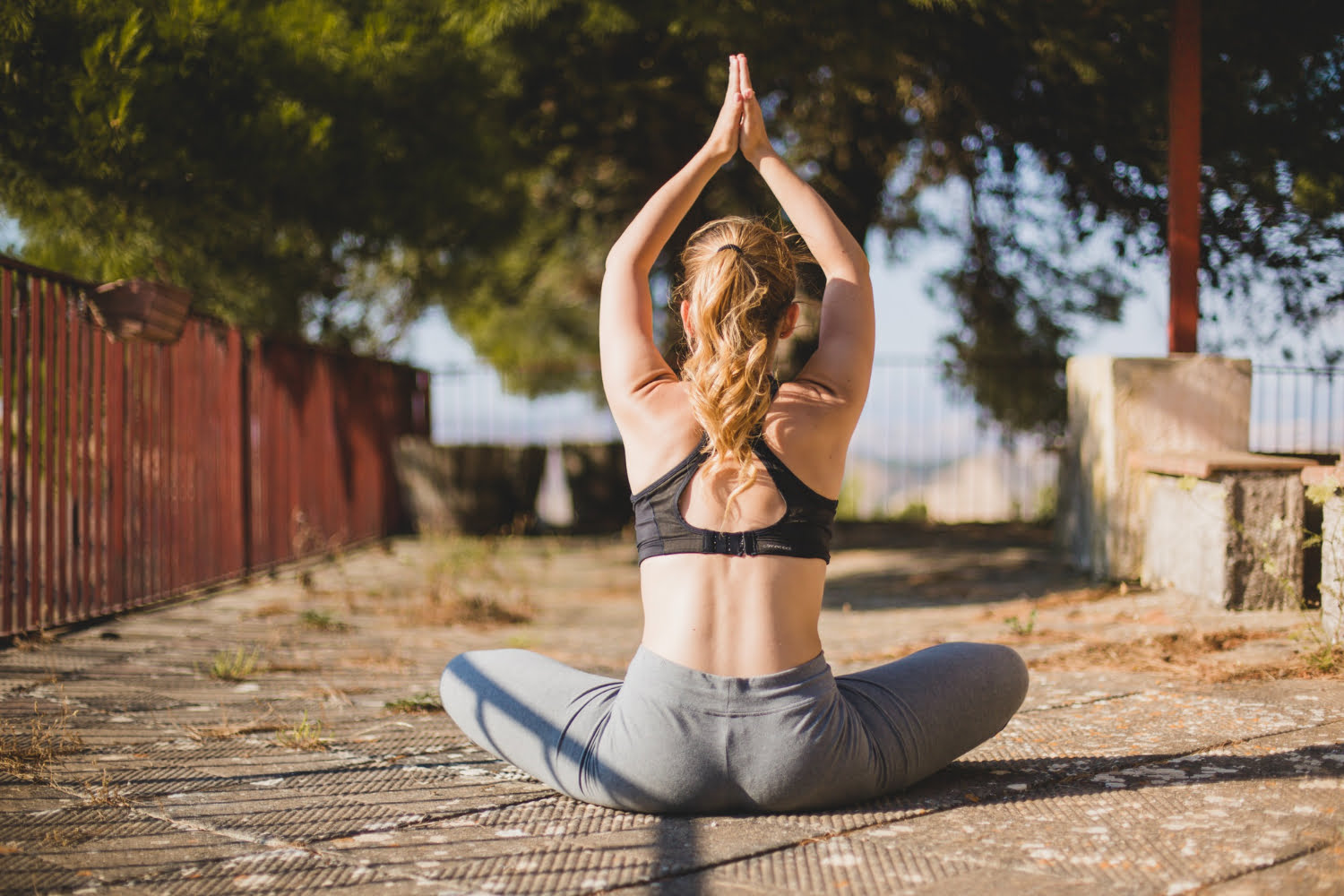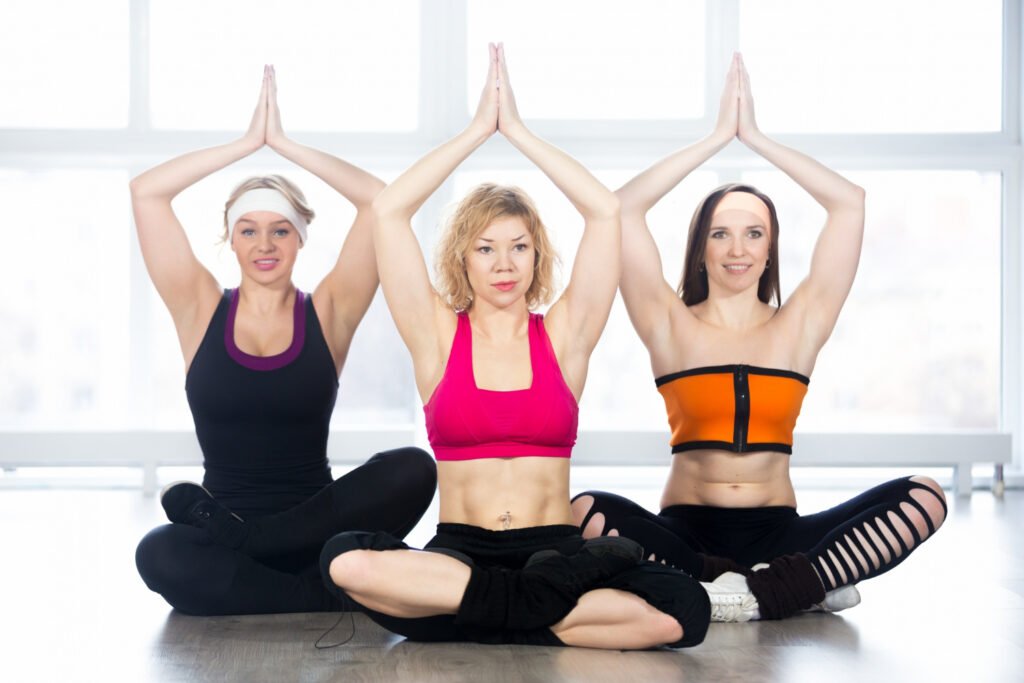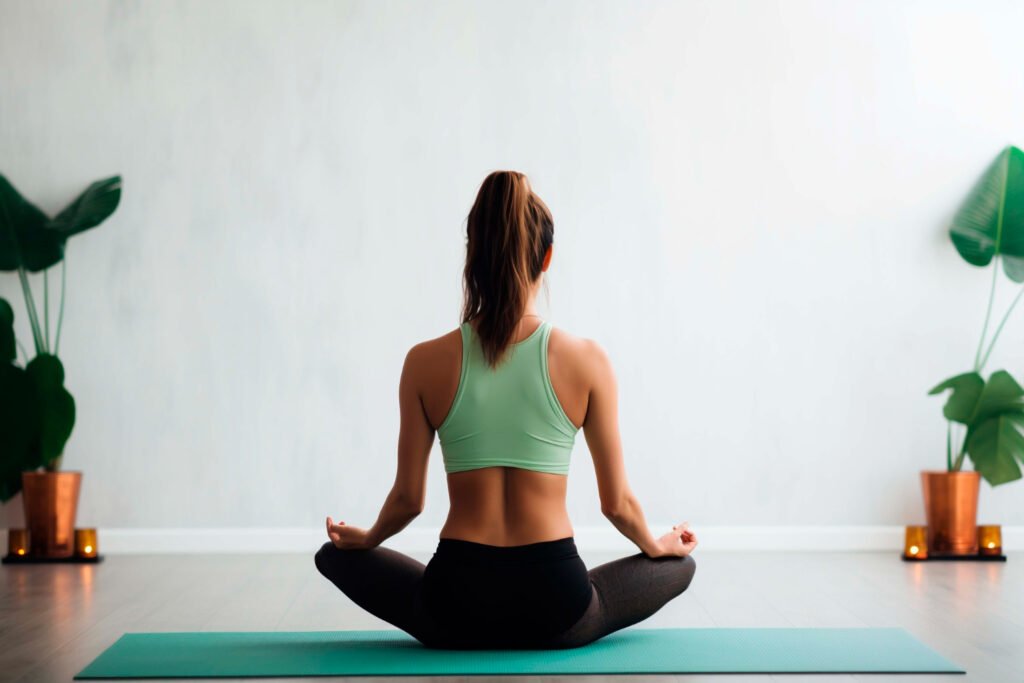In the hustle and bustle of modern life, finding solace and rejuvenation in nature is like discovering a hidden treasure. Nature’s yoga, also known as outdoor yoga, combines the therapeutic benefits of yoga with the healing touch of the natural world. Let’s embark on a journey to explore the wonders of nature’s yoga, its poses, benefits, and essential precautions.
What is Nature’s Yoga?
Nature’s yoga is the practice of yoga in outdoor settings, immersing practitioners in the sights, sounds, and scents of the natural environment. Unlike traditional yoga practiced indoors, nature’s yoga harnesses the healing power of the earth, sky, and elements to deepen the mind-body connection.
Benefits of Nature’s Yoga.
1. Enhanced Mindfulness: Practicing yoga amidst nature fosters a profound sense of mindfulness, as practitioners become attuned to the present moment and the beauty surrounding them.
2. Stress Reduction: The serene ambiance of natural settings promotes relaxation, helping to alleviate stress and anxiety.
3. Improved Physical Health: Outdoor yoga offers the added benefits of fresh air and vitamin D from sunlight exposure, supporting overall health and vitality.
4. Connection with Nature: Nature’s yoga encourages a deeper connection with the natural world, fostering feelings of interconnectedness and gratitude.
5. Boosted Immunity: Spending time outdoors and engaging in physical activity through yoga can enhance the immune system, promoting better health and resilience.
Poses for Nature’s Yoga.
1. Mountain Pose (Tadasana): Stand tall with feet grounded, arms by your sides, and gaze forward, embodying the strength and stability of a mountain.
2. Tree Pose (Vrksasana): Root one foot into the earth while placing the sole of the other foot against the inner thigh or calf, extending arms overhead like branches reaching for the sky.
3. Sun Salutations (Surya Namaskar): Flow through a sequence of poses that honor the sun, incorporating forward folds, lunges, and backbends to energize the body and mind.
4. Warrior Pose (Virabhadrasana): Take a strong stance with one foot forward and the other back, arms extended overhead or out to the sides, embodying courage and inner strength.
5. Child’s Pose (Balasana): Kneel on the ground, sitting back on your heels and folding forward, resting your forehead on the earth, and extending arms alongside the body for a gentle stretch.
How to Practice Nature’s Yoga?
1. Choose a Suitable Location: Find a peaceful outdoor setting such as a park, beach, or forest clearing, free from distractions and conducive to relaxation.
2. Dress Comfortably: Wear breathable, flexible clothing that allows for ease of movement and protection from the elements.
3. Bring Necessary Props: Consider using a yoga mat or blanket for added comfort and support during outdoor practice.
4. Respect the Environment: Practice Leave No Trace principles by minimizing your impact on the natural surroundings and avoiding disrupting wildlife.
5. Embrace the Elements: Be prepared for varying weather conditions and adapt your practice accordingly, whether under the warmth of the sun, in the cool shade of a tree, or amidst the gentle patter of rain.
Precautions for Nature’s Yoga.
1. Check for Hazards: Before beginning your practice, scan the area for any potential hazards such as uneven terrain, sharp objects, or poisonous plants.
2. Stay Hydrated: Drink plenty of water before, during, and after outdoor yoga sessions to stay hydrated, especially in hot or humid weather.
3. Protect Your Skin: Apply sunscreen to exposed skin to prevent sunburn and wear appropriate clothing to shield yourself from harmful UV rays.
4. Listen to Your Body: Honor your body’s limits and avoid pushing yourself into poses that cause pain or discomfort, modifying as needed to ensure safety.
5. Be Mindful of Wildlife: Respect the natural inhabitants of the area and maintain a safe distance from wildlife to avoid disturbances or potential conflicts.
Scientific Evidence Supporting Nature’s Yoga.
Numerous studies have highlighted the physical, mental, and emotional benefits of practicing yoga in natural settings. Research published in the International Journal of Environmental Research and Public Health found that outdoor yoga can significantly reduce stress levels and improve overall well-being compared to indoor practice.(1)
Frequently Asked Questions.
Absolutely! Nature’s yoga welcomes practitioners of all levels, providing a nurturing environment for beginners to explore and seasoned yogis to deepen their practice.
Both options are viable! Solo practice allows for personal reflection and introspection, while group sessions offer community support and shared energy.
If faced with adverse weather conditions such as rain or extreme heat, use your discretion to either adapt your practice or relocate to a more suitable indoor space.
Bottom Line.
Nature’s yoga invites us to reconnect with our primal roots and rediscover the innate wisdom of the natural world. Through mindful movement, breathwork, and communion with the elements, we can cultivate a deeper sense of balance, harmony, and reverence for all life. So, step outside, breathe in the fresh air, and let nature be your guide on the path to holistic wellness and inner peace.
+1 Source
FitMeMore has strict sourcing guidelines and relies on peer-reviewed studies, educational research institutes, and medical organizations. We avoid using tertiary references. You can learn more about how we ensure our content is accurate and up-to-date by reading our editorial policy.
- Reducing Stress with Yoga: A Systematic Review Based on Multimodal Biosignals; https://www.ncbi.nlm.nih.gov/pmc/articles/PMC10919405/
How we reviewed this article:
Our team of experts is always monitoring the health and wellness field, ensuring that our articles are updated promptly as new information emerges. See Our Editorial Process
May 13, 2025
Written By: Sharon LeBow
Reviewed By: Gail Cooper
Written By: Sharon LeBow
Reviewed By: Gail Cooper

 Workout
Workout
 Meditation
Meditation





 Contact Us
Contact Us











